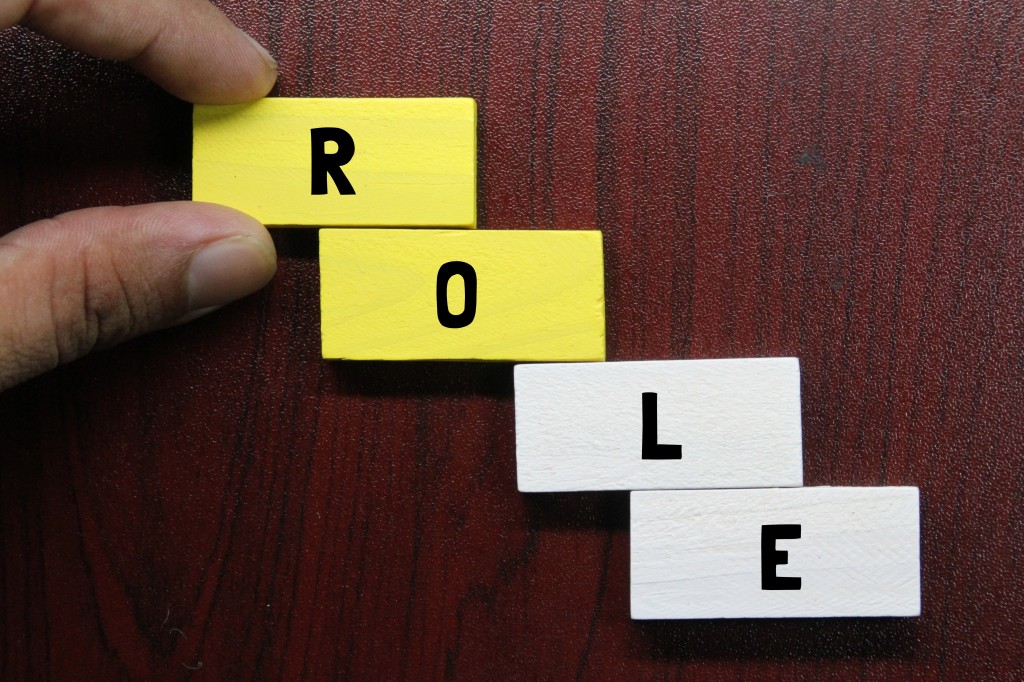
Disasters, whether natural or artificial, have the potential to cause widespread destruction and devastation. In recent years, there has been a growing recognition of the importance of disaster risk reduction (DRR) to mitigate the impact of disasters and protect vulnerable populations. Government agencies, non-governmental organizations (NGOs), and international organizations play a crucial role in DRR efforts by implementing policies and programs to reduce disaster risks.
Government agencies are often at the forefront of DRR efforts, as they have the authority and resources to implement policies and programs that can help reduce vulnerability to disasters. These agencies are responsible for developing and enforcing building codes, land use regulations, and emergency response plans that can help minimize the impact of disasters. For example, government agencies may conduct risk assessments to identify areas prone to certain types of disasters, such as floods or earthquakes, and take steps to mitigate these risks through infrastructure improvements or community education programs.
NGOs also play a vital role in DRR efforts by supporting and assisting communities affected by disasters. These organizations often work closely with government agencies to coordinate relief efforts and provide essential services such as food, shelter, and medical care to those in need. NGOs may also engage in advocacy work to raise awareness about disaster risks and promote sustainable development practices that can help reduce vulnerability to future disasters.
International organizations also play a crucial role in DRR efforts by providing technical expertise, funding, and coordination support to countries facing disaster risks. These organizations may work with governments and NGOs on capacity-building initiatives to strengthen local institutions’ ability to effectively prepare for and respond to disasters. For example, they may provide training on early warning systems or support the development of community-based disaster preparedness plans.
In addition to their roles in DRR efforts, government agencies, NGOs, and international organizations often collaborate on joint initiatives to address common challenges related to disaster risk reduction. These partnerships can leverage each organization’s strengths while maximizing resources for more effective outcomes. For example, government agencies may partner with NGOs on community outreach campaigns to educate residents about disaster risks or collaborate with international organizations on research projects focused on innovative DRR strategies.
Government agencies, NGOs, and international organizations all have important roles to play in disaster risk reduction efforts. By working together collaboratively towards common goals, such as reducing vulnerability, loss, and resilience, the collective impact of these entities can be maximized, resulting in stronger communities better equipped to withstand future disasters.
